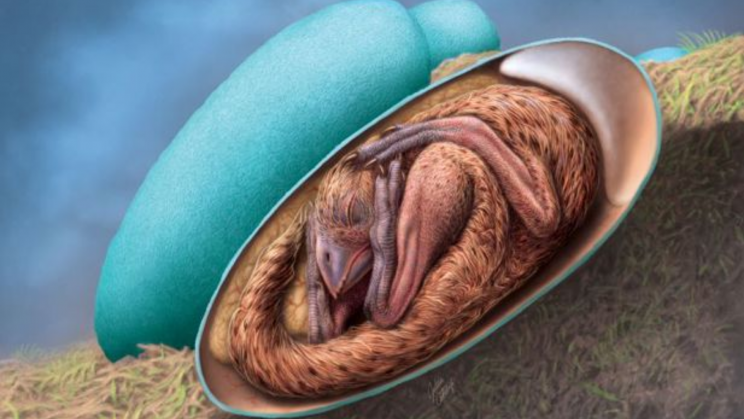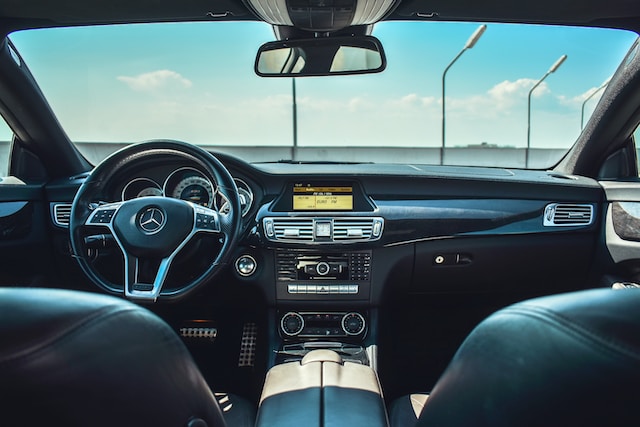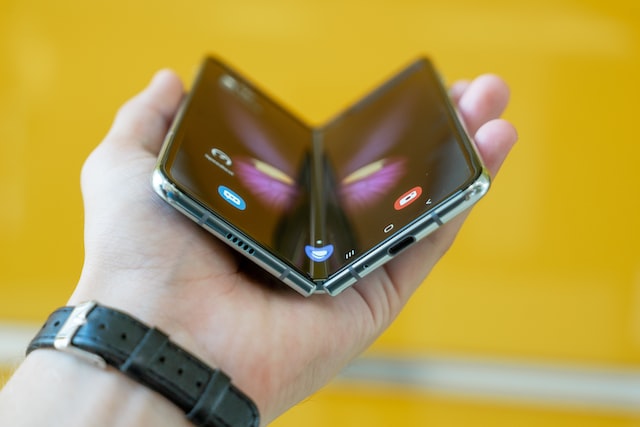Exploring and populating space is mankind’s biggest hurdle. Even if we build the fastest and most capable spaceships, our bodies aren’t built for space travel. Microgravity causes muscle atrophy and bone density loss. The isolation and confinement could lead to psychological issues. More than anything, though, cosmic and solar radiation could lead to serious health problems, such as cancer, radiation sickness, damage to the central nervous system, eye damage, etc.
On Earth, we are naturally shielded from space radiation thanks to the planet’s atmosphere and magnetic field, which are absent in space. Fortunately, the European Space Agency (ESA) has a solution for the radiation issue in the form of hydrogels. In particular, research teams at the Polymer Chemistry and Biomaterials Group and Ghent University in Belgium was looking to transfer the radiation shielding benefits of water to a more reliable material. Water contains many hydrogen atoms, which interact with radiation particles, but is also heavy and likes to flow easily, making it useless in spacesuits. Puncturing the suit will also cause the water to leak, which could then damage electronic components.
But what if you could use the benefits of water in superabsorbent polymers (SAPs). Almost like a sponge, these materials can absorb quite a lot of water – hundred times their weight, in fact. After they absorb the water, these materials are called hydrogels. They don’t flow, meaning there will be equal distribution of water all over the spacesuit, and they aren’t affected by punctures.
“The beauty of this project is that we are working with a well-known technology,” explains Lenny Van Daele. “Hydrogels are found in many things we use every day, from contact lenses to diapers and sanitary products. Our research group has experience with applications in the medical field – using hydrogels as a soft implantable material to repair damaged tissues and organs.”
The hydrogels can be processed using different techniques, but 3D printing seems like the most obvious solution, as it allows manufacturing custom shapes to form an exact fit for every astronaut.







